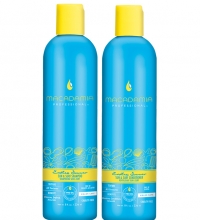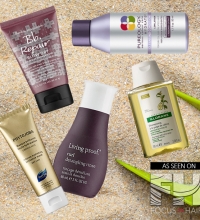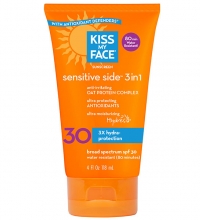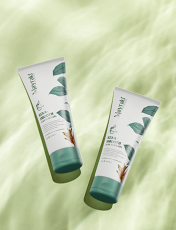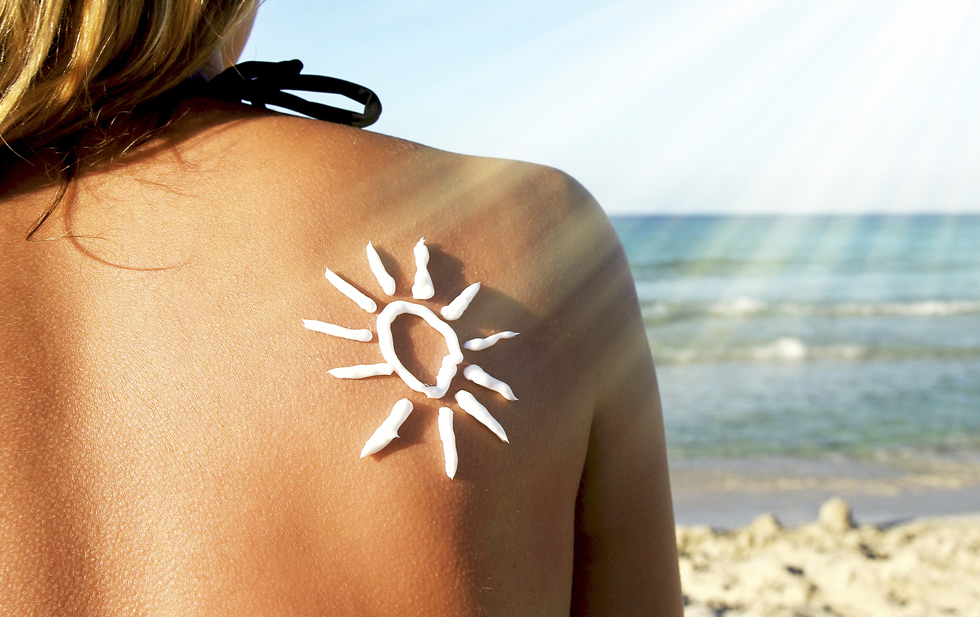
With all of the fun-in-the-sun activities this summer, we have to be very careful about the long-term damage that sun can have on our hair and skin. To better explain the risks and suggested means of protection, we caught up with Dr. Alex Khadavi, a board certified dermatologist and founder of Advanced Hair & Skin, Inc. Dr. Khadavi serves as an Associate Clinical Professor of Dermatology at the University of Southern California and also practices at his premier dermatology centers, Encino and Thousand Oaks Dermatology & Laser Centers, which specialize in facial rejuvenation, skin cancer therapy, acne treatments, and hair loss solutions.
 What are some of the long-term effects of sun exposure to skin, hair and scalp?
What are some of the long-term effects of sun exposure to skin, hair and scalp?
Dr. Khadavi: Some long term effects on the skin include fine lines, wrinkles, dull and sagging skin, and age spots. UV radiation on an unprotected scalp can not only damage the skin cells in the scalp (which can cause dry skin and even sunburns) but can also damage the cells in the hair follicles and cause breakage, discoloration, drying, and even hair loss. This aside, most skin cancers are a direct result of exposure to the UV rays in sunlight. *About 5.4 million basal and squamous cell skin cancers are diagnosed each year. Melanoma, the most deadly type of skin cancer, will account for about 76,380 cases of skin cancer in 2016.
*cancer.org
What are some of the best ways that men and women can reduce the risk of long-term sun damage to their skin?
Dr. Khadavi:
- wear dark clothing that properly fits you
- wear sunscreen with high SPF
- make sure to be extra cautious during the times that the sun is at its peak (between 10AM and 4PM)
- be extra cautious around snow, sand and water as they reflect the rays of the sun
How about scalp and hair protection?
Dr. Khadavi:
- wear hats, headscarves or umbrellas to protect the scalp and hair, especially if you plan on being outside for a long time
- if you go swimming in a chlorinated pool, make sure to wash your hair immediately as it will add to the potential damage that the sun may cause
- make sure to be extra cautious during the times that the sun is at its peak (between 10AM and 4PM)
- use climate appropriate hair products to protect and repair your hair
- gel sunscreens can be used on the scalp but must be used with extra caution as the scalp will be exposed to direct sunlight
How does the SPF rating system work? When should one level of coverage be used over another?
Dr. Khadavi: The SPF (sun protection factor) rating system works to measure the length of time that will properly protect your skin from UVB rays in comparison to how long it would take for your skin to burn or tan from exposure without sunscreen. Higher levels of SPF will protect your skin from more of the sun’s rays, but all sunscreen works the same way and should be re-applied often.
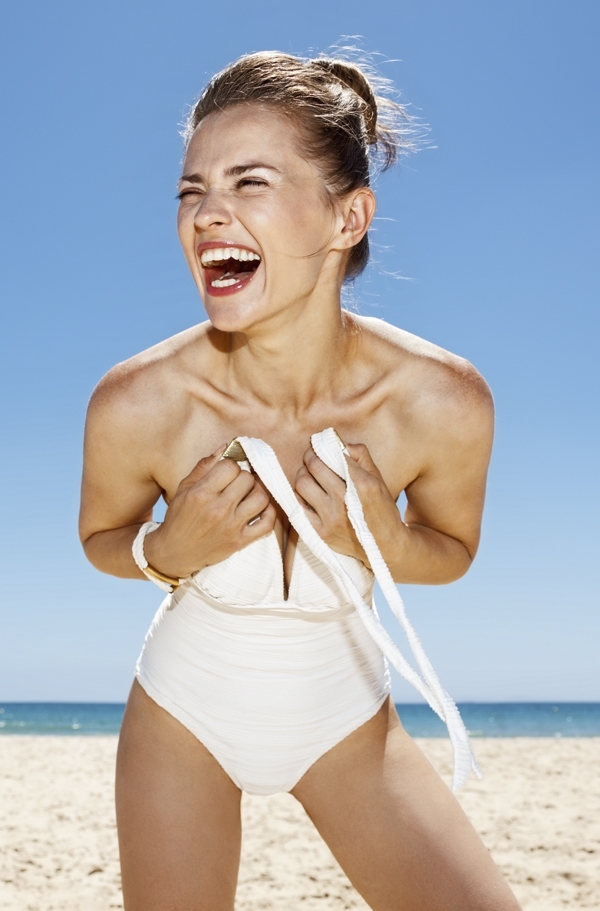 Is it important to have full spectrum (UVA / UVB) coverage?
Is it important to have full spectrum (UVA / UVB) coverage?
Dr. Khadavi: It is extremely important to have full spectrum sunscreens as both UVA and UVB rays can severely damage the skin and increase the risk of skin cancer. If a product only blocks one type of sun ray but not the other, you are not protected from the effects the other sun ray can cause. The best UVA blockers are physical blockers like Zinc Oxide and Titanium Dioxide as the only active ingredients.
How often does sunblock need to be applied?
Dr. Khadavi: Depending on how long you are planning on staying out on the sun will determine how much sun block should be applied. It will also depend on if how well you coat your skin with the product. For example, if you haphazardly apply sunscreen in a rushed fashion you probably will have missed some spots on your skin or have gotten thicker layers on certain parts over others. Preferably, re-apply sunscreen every 2 hours or after swimming or sweating.
Do “waterproof” or sports versions of sun block offer that much better protection? And how often should they be applied?
Dr. Khadavi: Depending on its resistance amount stated on the packaging, waterproof and sports versions of sun block will have an additional time amount that your skin will be protected from water and sweat as opposed to normal sunblock. This type of sunblock should still be applied every two hours or earlier depending on the amount of water or sweat that you are exposed to. However, the FDA has banned any sunscreen to state that they are “waterproof” or “sweatproof” as they have been determined as misleading and are no different than the standard sunblock.
What is your best advice for after sun care?
Dr. Khadavi: After sun exposure Aloe Gel is always good but if you have a sunburn use aloe plus topical Benadryl and Motrin 600 mg three times a day. As long you do not have contraindications for use of Motrin or ibuprofen such as kidney or stomach ulcers or disease. Apply Zinc oxide paste for blistering burns and if they are really bad I recommend you see a doctor.





